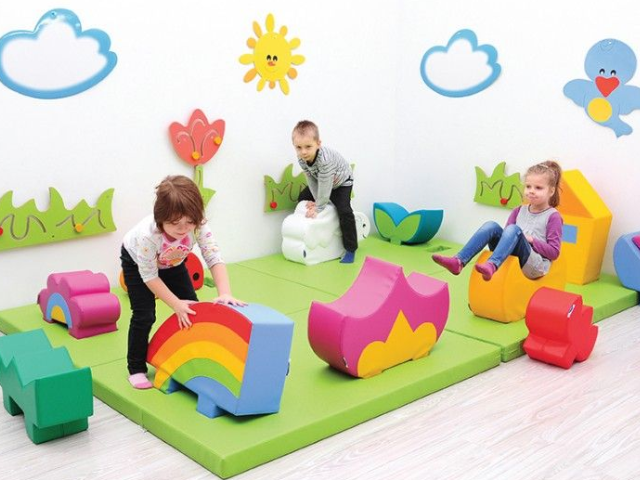
INFINITY
Borders in children’s playgrounds are an important issue within the scope of the integration of the design into the environment. In many examples, playgrounds are separate by high walls in the immediate vicinity.
Inviting the boundaries of children’s playgrounds should be interpret with design solutions that will make it permeable in urban content.
Designing the design with permeable borders created with its own lines, materials and three-dimensional elements should be considere as a possibility. That will increase the communication of the children’s playground with the immediate environment.
TOPOGRAPHICAL MOBILITY
Topography stands out as a powerful design component in children’s playground designs. Reflecting topographic diversity into design, describing it as a dynamic surface for children and creating hidden places. With high visibility that children will discover, run, jump, make the playground an active field of activity.
MATERIAL RICH
It can be one of the secret codes of the design that children’s playgrounds contain different materials, both the construction of sub-spaces within the playground and the child’s experience of natural and artificial different materials through the sense of touch. It is an important criterion that the design is not only build on natural materials, but also enriche with artificial materials that will strengthen the design language.
SCALE
The child tries to understand the world with his own scale. Objects that exceed their own scale evoke a sense of excitement and curiosity in the child. The exaggeration of the scales of certain design components / objects in the design by exaggerating it contributes to transforming into a play element or player’s space and creating attractive areas for children.
